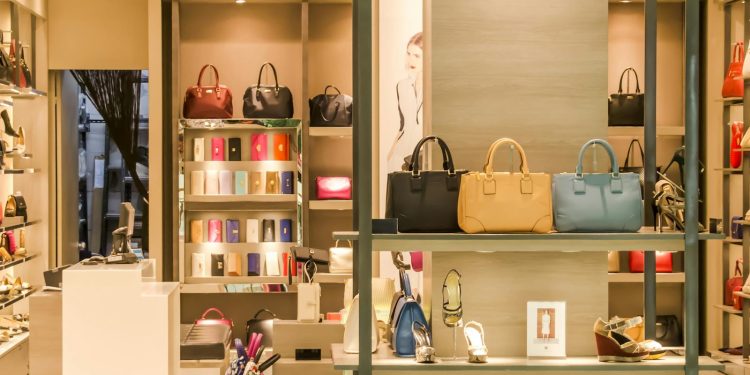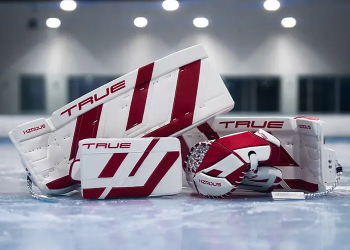Luxury fashion is a realm where creativity meets craftsmanship, with each runway show offering a blend of artistry, innovation, and timeless appeal. Over the decades, iconic runway looks have defined the essence of luxury, leaving an indelible mark on fashion history. These moments capture the spirit of their era while setting the stage for future trends. Here’s an exploration of some of the most iconic runway looks that epitomize luxury.
The Birth of the New Look by Christian Dior (1947)
- Why It’s Iconic:
- Christian Dior’s “New Look” revolutionized women’s fashion post-World War II, celebrating femininity with cinched waists, full skirts, and structured silhouettes.
- This collection restored glamour and opulence to fashion, marking the beginning of modern luxury.
- Legacy:
- The “New Look” remains a cornerstone of Dior’s brand identity, influencing countless collections and inspiring modern designers.
Yves Saint Laurent’s Le Smoking (1966)
- Why It’s Iconic:
- Yves Saint Laurent introduced the first tuxedo suit for women, challenging gender norms and redefining power dressing.
- The sleek, tailored design exuded sophistication and confidence, making it a symbol of modern elegance.
- Legacy:
- Le Smoking continues to inspire contemporary interpretations of androgynous fashion and remains a signature piece of YSL.
Chanel’s Classic Tweed Suit (1954)
- Why It’s Iconic:
- Coco Chanel reintroduced her iconic tweed suit, blending comfort with sophistication.
- The suit featured clean lines, gold buttons, and a focus on practicality, embodying effortless luxury.
- Legacy:
- The tweed suit is synonymous with Chanel, representing timeless elegance and status.
Versace’s Jungle Dress Worn by Jennifer Lopez (2000)
- Why It’s Iconic:
- Donatella Versace’s plunging green dress, famously worn by Jennifer Lopez at the Grammy Awards, became a cultural phenomenon.
- The dress’s bold design and impact on pop culture showcased Versace’s daring approach to luxury.
- Legacy:
- The dress inspired the creation of Google Images and remains one of Versace’s most celebrated designs.
Alexander McQueen’s Spring/Summer 1999 Show
- Why It’s Iconic:
- In this groundbreaking show, robotic arms spray-painted a white dress worn by model Shalom Harlow on the runway.
- The performance blended fashion, technology, and art, cementing McQueen’s reputation as a visionary.
- Legacy:
- The show redefined what a runway presentation could be, influencing avant-garde fashion and performance art.
Louis Vuitton’s Spring/Summer 2012 Carousel
- Why It’s Iconic:
- Marc Jacobs transformed the runway into a whimsical carousel, showcasing pastel-toned, lace-embellished designs.
- The presentation emphasized fantasy and femininity, aligning with Louis Vuitton’s heritage of luxury and travel.
- Legacy:
- The carousel show remains one of the most memorable moments in Louis Vuitton’s history, highlighting the importance of storytelling in luxury fashion.
Balenciaga’s Spring/Summer 2017 Show
- Why It’s Iconic:
- Demna Gvasalia’s debut collection for Balenciaga brought a modern twist to the brand’s heritage with oversized tailoring and bold silhouettes.
- The show redefined contemporary luxury with its fusion of high fashion and streetwear aesthetics.
- Legacy:
- Gvasalia’s vision continues to influence the brand’s direction, blending innovation with Balenciaga’s storied past.
Gucci’s Spring/Summer 2018 Cyborg Show
- Why It’s Iconic:
- Alessandro Michele’s surreal show featured models carrying replicas of their own heads and baby dragons.
- The collection challenged conventional beauty norms and explored themes of identity and transformation.
- Legacy:
- The Cyborg show solidified Gucci’s position as a leader in experimental and narrative-driven luxury fashion.
Prada’s Nylon Backpack (1984)
- Why It’s Iconic:
- Miuccia Prada introduced the nylon backpack, redefining luxury with utilitarian materials.
- The minimalist design and functional aesthetic resonated with modern consumers.
- Legacy:
- The nylon backpack remains a best-seller and a symbol of Prada’s innovative approach to fashion.
Hermès Birkin Bag’s Origin (1984)
- Why It’s Iconic:
- The Birkin bag, designed in collaboration with Jane Birkin, became a symbol of exclusivity and craftsmanship.
- Each bag is meticulously handmade, with a waitlist that adds to its allure.
- Legacy:
- The Birkin bag is one of the most coveted luxury items, representing timeless elegance and investment-worthy fashion.
The Influence of Iconic Runway Looks
These legendary moments highlight the power of runway fashion to shape trends, challenge norms, and define luxury. Iconic looks often:
- Set Industry Standards:
- They establish benchmarks for creativity, craftsmanship, and presentation.
- Inspire Generations:
- Designers draw from these moments to create new interpretations and innovations.
- Cement Brand Identity:
- Signature pieces and shows become synonymous with the brands, reinforcing their legacy.
Looking Ahead: The Future of Luxury Runway Fashion
As the fashion industry evolves, runway presentations will continue to blend technology, sustainability, and artistry. Key trends include:
- Sustainable Luxury:
- Brands are incorporating eco-friendly materials and ethical practices into their collections.
- Digital Integration:
- Virtual and augmented reality experiences are redefining the runway.
- Inclusivity:
- Greater representation and diversity on the runway reflect changing societal values.
Luxury runway fashion remains a powerful platform for storytelling and innovation, ensuring its enduring relevance in the fashion world.








